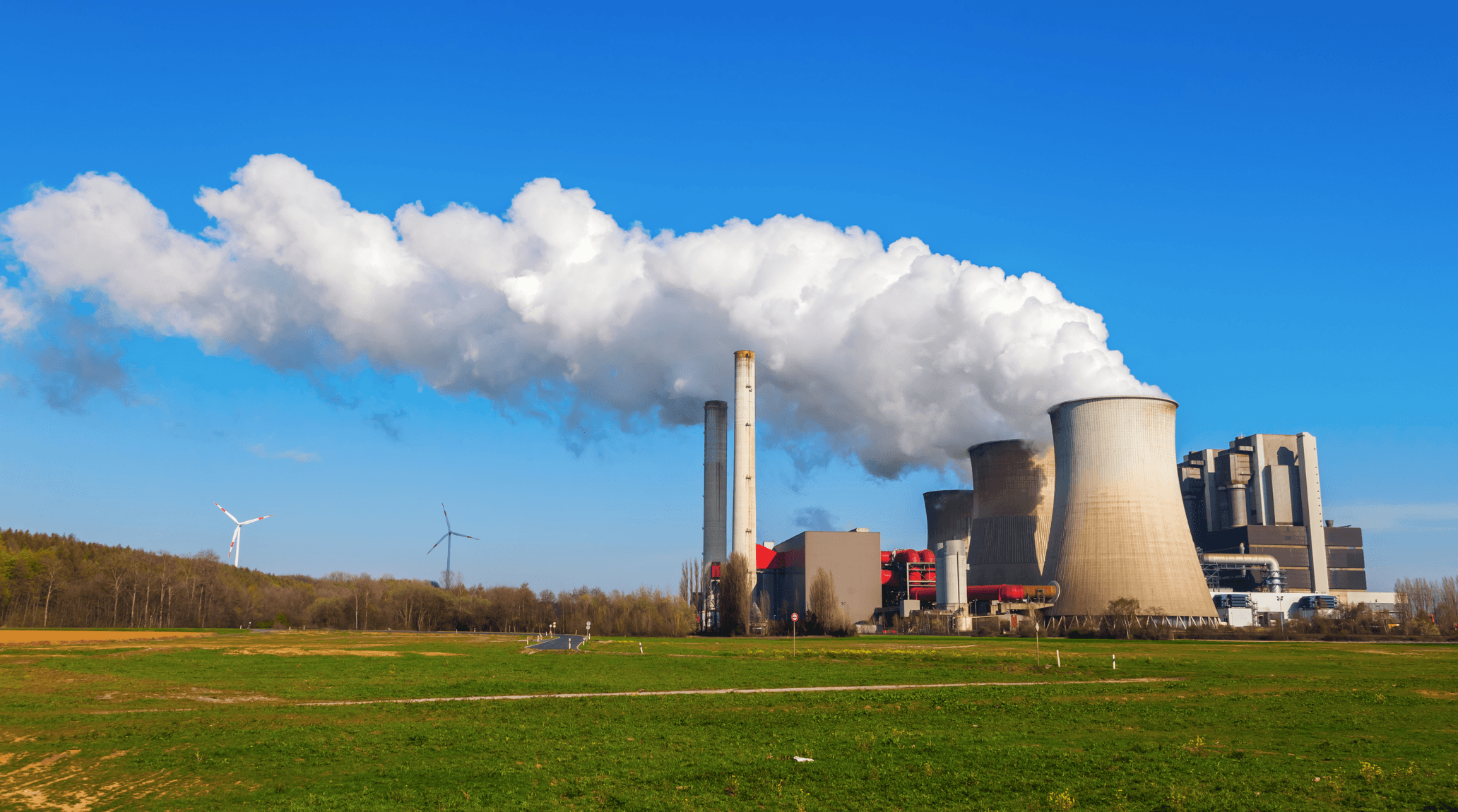
“
Fossil fuels—coal, petroleum, and natural gas—are non-renewable energy resources that formed over millions of years. Their creation began during the Carboniferous Period, approximately 360 to 300 million years ago. This blog explores "Interesting Fossil Fuel Facts," revealing unique insights about these crucial energy sources. From their ancient origins to their modern applications, prepare to discover intriguing details that underscore the significance of fossil fuels in our society.1
1
”
Fossil fuels are non-renewable because they take millions of years to form. Once depleted, their reserves cannot be replenished within a human timescale, leading to concerns over future energy scarcity. 1
Extracting fossil fuels often requires invasive techniques like drilling and mining, which can cause significant environmental damage, including habitat destruction and soil contamination. The extraction process can introduce pollutants into the soil, affecting its fertility and composition. 2
Fossil fuels have a high energy density compared to other energy sources. For example, a single gallon of gasoline contains roughly 33.6 megajoules of energy, making it highly efficient for transportation. 3
Globally, China stands as the greatest producer of coal by a considerable margin. In 2022, China accounted for almost 52 percent of the world’s coal production. Over 80% of the world's energy consumption comes from fossil fuels. 4
Coal, natural gas, and oil are the most common fossil fuels. Over 80% of the world’s energy comes from these three sources, highlighting their importance in our daily lives. Burning fossil fuels releases carbon dioxide and other greenhouse gases into the atmosphere.5
The Deepwater Horizon oil spill occurred in the Gulf of Mexico in 2010, releasing millions of barrels of oil into the ocean. It had severe ecological consequences for marine life and coastal ecosystems. 6
Fossil fuel industries are major economic drivers, providing jobs and revenue. The oil and gas sector generates trillions of dollars annually. The term "non-renewable" highlights that fossil fuels cannot be naturally regenerated at the rate they are consumed. 7
The United States holds the title of the largest oil-producing country in the world. In 2023, it averaged 13,264,000 barrels per day of crude oil and lease condensate production. 8
Combustion of fossil fuels releases pollutants like sulfur dioxide and nitrogen oxides, which can lead to smog, acid rain, and serious health issues such as respiratory diseases. 9

Methane, a major component of natural gas, has a global warming potential 25 times greater than carbon dioxide over a 100-year period, exacerbating climate change.Reducing methane emissions is crucial for mitigating climate change, given its potent impact on global warming.
The concept of "peak oil" suggests that global oil production will eventually reach a maximum rate and then decline, leading to potential energy crises as reserves become harder to access.As we approach the peak oil phase, it becomes crucial to ensure a sustainable and resilient energy future. 10
Coal is primarily used to generate electricity through combustion in power plants. Oil serves as a versatile resource, powering transportation (such as gasoline for cars) and providing heating. Meanwhile, natural gas is commonly utilized for heating and as a source of combustion energy. 11
Beyond energy production, fossil fuels serve as raw materials for various products. When you handle items with plastic components—like a water bottle—you’re likely interacting with materials derived from oil or coal. 12
Considering the current rate of coal consumption, this resource could last for approximately 1,000 years. Our oil reserves are projected to last about 100 years. However, if consumption increases by 5 percent, these estimates may be optimistic. 13
Oil shale remains an underutilized fossil fuel resource. Found worldwide, it’s estimated to be a thousand times more abundant than current crude oil. However, oil shale has never undergone sufficient burial or heating to produce fossil fuels. 14
Fossil fuels dominate our energy landscape due to their cost-effectiveness. Decades of development in mining and refining have made oil production efficient and inexpensive. In contrast, renewable energy sources are relatively new and often come with higher upfront costs. 15
Techniques such as hydraulic fracturing (fracking) have expanded access to previously unreachable fossil fuel reserves, but these methods come with environmental and health risks. 16
Coal exhibits varying carbon content based on its formation. Carbon is the primary source of energy in coal. Higher carbon content generally results in better energy yield. Anthracite, a type of coal believed to be around 300 million years old, contains approximately 95 percent carbon.17
The world’s largest oil refinery, the Jamnagar Refinery in India, has the capacity to process 1.24 million barrels of oil per day, earning it a Guinness World Record.18
Despite advances in technology that improve extraction efficiency, fossil fuels remain non-renewable. Innovations in energy storage and efficiency are crucial for a sustainable future.19


